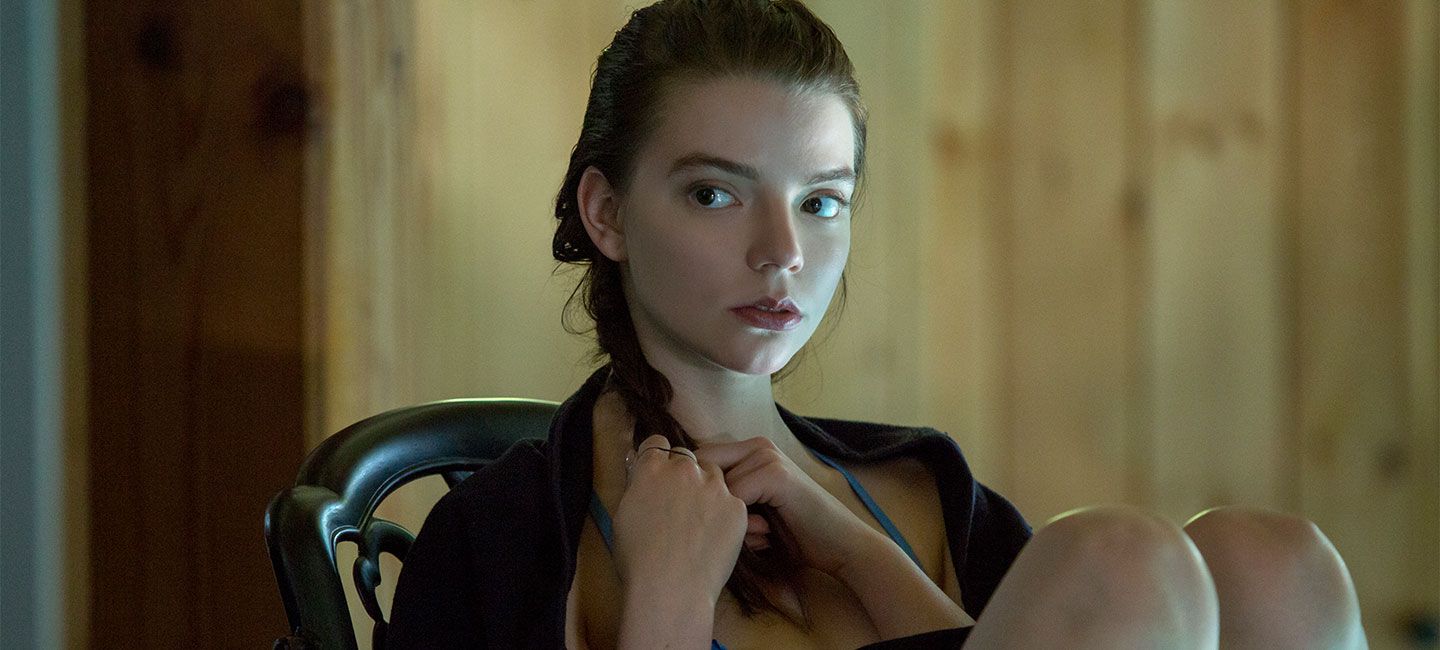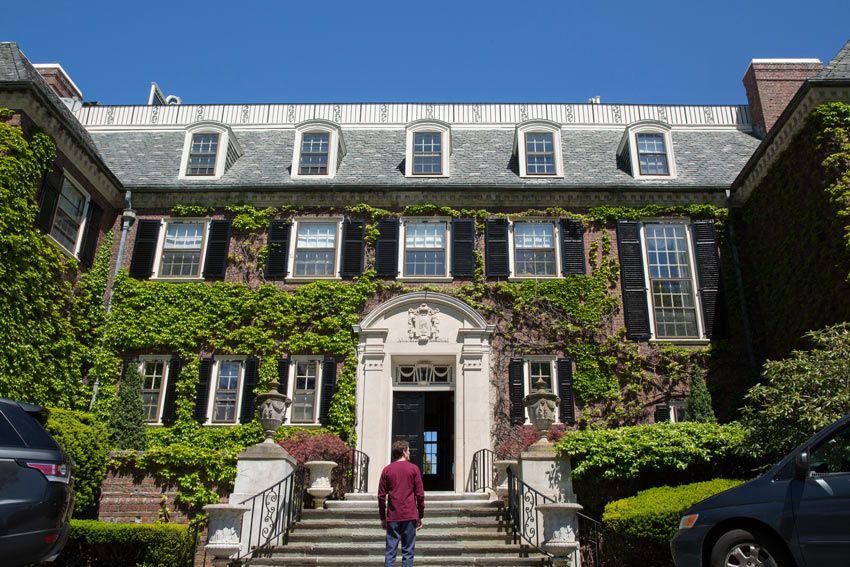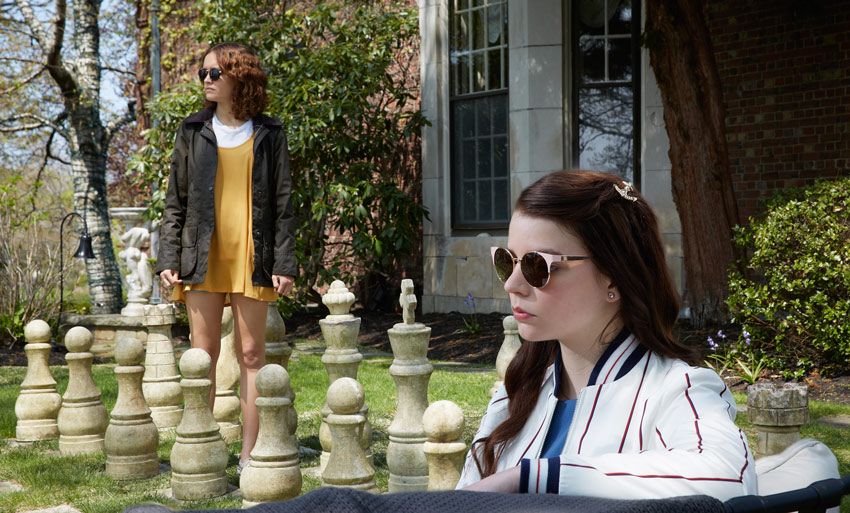
Darkness Visible: Creating Thoroughbreds' Unique Visual Style
A Q&A with cinematographer Lyle Vincent
In Cory Finley’s dark comedy Thoroughbreds, two childhood friends—Lily (Anya Taylor-Joy) and Amanda (Olivia Cooke)—reconnect as teenagers in a posh Connecticut mansion. As they test each other limits with a series of razor-sharp asides and provocative dares, they find a deliciously dark bond. But their fun and games start to turn cold-blooded when they hire a local kid (Anton Yelchin) to carry out their sinister plot. Cinematographer Lyle Vincent brings this clever cat-and-mouse game to the screen by capturing this world, as Film School Rejects notes, “with an eye for both its false warmth and real beauty.”
With Thoroughbreds now playing in theaters, we sat down with Vincent to talk about the film’s elegant look, psychological framing, and neo-noir inspirations.
Thoroughbreds' official trailer
How did you get involved in the project?
Cory really liked my work on A Girl Walks Home Alone at Night. And I really liked what he wanted to do with Thoroughbreds. So I was thrilled when they asked me to do it.
What was the concept for the film's visual look?
From reading the script and talking with Cory, what I really liked is that he wanted to make a neo-noir film. I love noir films. So we looked at some classic versions, as well as some more modern ones. Since this is a character-driven piece as well as a black comedy, the main creative challenge for me was to come up with a visual style that didn’t get in the way of that. We wanted to reference those noir films, without going too obvious or taking away from the performances. And we wanted to create a visual transition that worked for the characters. We imagined the beginning a little more naturalistic, a little gentler. Then as you learn about the psychology of the characters and their intentions, things change. There are bolder colors, more silhouettes and shadows, and interesting camera angles.

Anton Yelchin, Cory Finley, Lyle Vincent, and Anya Taylor-Joy on the set of Thoroughbreds
Was there a specific palette you were working from?
At first the color scheme was very naturalistic and then, as the story progresses, you get these almost neon, expressionistic colors.
Many of the scenes are shot as interiors, but the film feels large and expressive. How did you get that big cinematic feel?
In shooting the interior dialogues, we wanted to support the performances while not making it feel like a play. We did a lot of long takes, moving from space to space, room to room. There are a lot different layers, levels, and areas of the house. I wanted the cinematography to connect them. Our Steadicam operator Jonathan Beattie really brought a lot to the table in accomplishing that. To open up the space we did a lot with reflections and mirrors. We would keep certain characters in shadows. With others, we would let them pull us through the space. At other times, we would just frame the scene and hold on a shot.

Anton Yelchin in front of Thoroughbreds' posh location
The framing is quite elegant. Was that something you shot-listed or came up with on location?
We did have a shot list with some very specific set ups in mind, but during production, I like to be open to new ideas and happy accidents—to be very aware what the actors are doing or what is happening at the location on that day.
Finley has talked about films like The Shining and classic noir pictures like The Postman Always Rings Twice as influences. Were there particular films that spoke to you in creating the film’s look?
Blood Simple was one movie because it had that neo-noir element of the modern crime genre—really interesting colors and shadows, as well as letting long shots linger for a while. I also looked at [cinematographer] Gregg Toland’s work with Orson Welles. In Citizen Kane, there is that gilded mansion filled with heavy shadows. We also looked at Welles’ Touch of Evil for similar noir touches. In terms of photography, Gregory Crewdson’s work was interesting because of his use of saturated colors and domestic settings.

Lily (Anya Taylor-Joy) and Amanda (Olivia Cooke) play dark games in Thoroughbreds.
A few reviews have praised the ingenious way you use shooting techniques like rack focus to bring a psychological dimension to the film. Can you talk about that?
We came up with lenses and lens choices for each of the characters and then switched them around to showcase the way they were changing. You thought this person was one thing, and then you begin to see them differently. For Lily, for example, we used a lot of telephoto lenses in the beginning, and then we started shooting her more wide and close, which feels a little more off-putting. There was nothing too drastic. On a first viewing, you don't really see the change. You just feel like something is a little off kilter, and you don’t know why.
The way the film’s visual style played off its sound design was really impressive. Was there a lot of coordination between the departments to get that?
I give all the credit for that to Cory. We didn’t discuss it when we were shooting. I knew about some of the things he wanted to do in terms of sound and music, but really Cory put it all together. I think he is just a really smart filmmaker.
Sign up for the Focus Insider newsletter to be first in line for free advance screenings, world premiere travel packages, weekend set visits, and so much more!